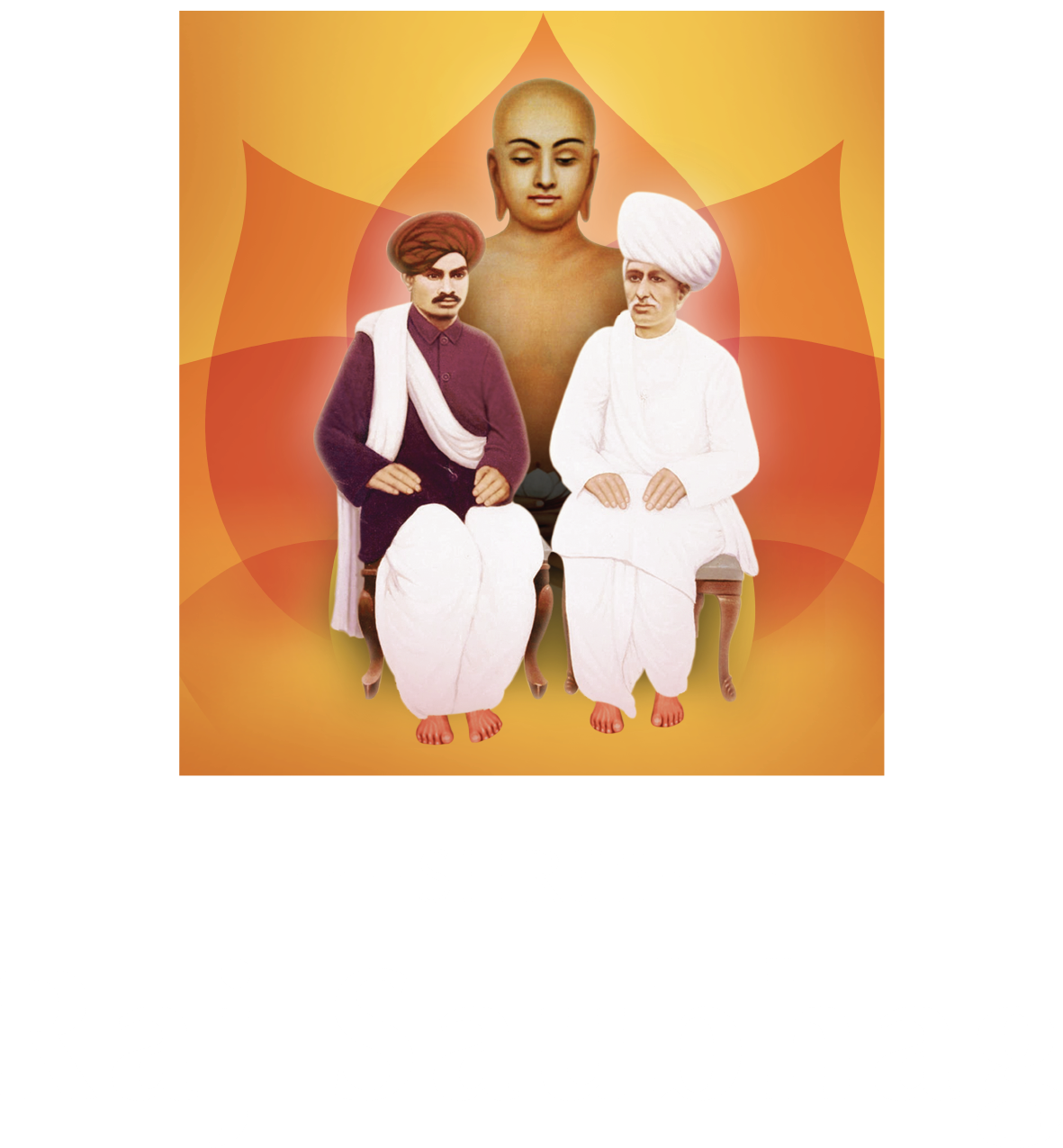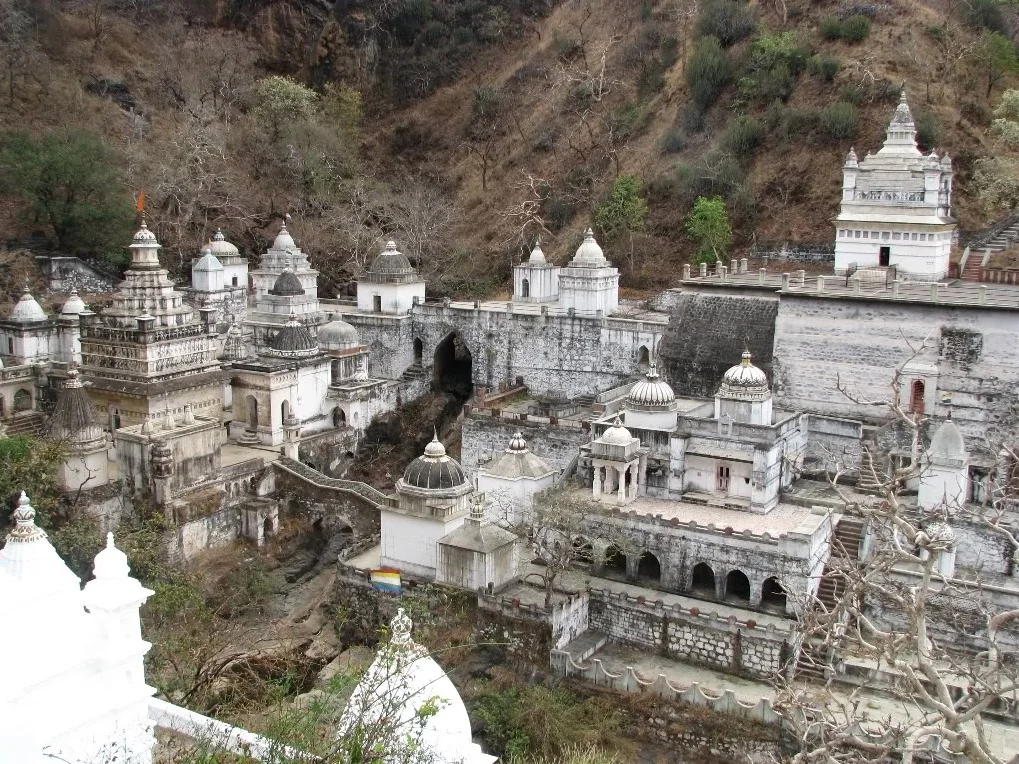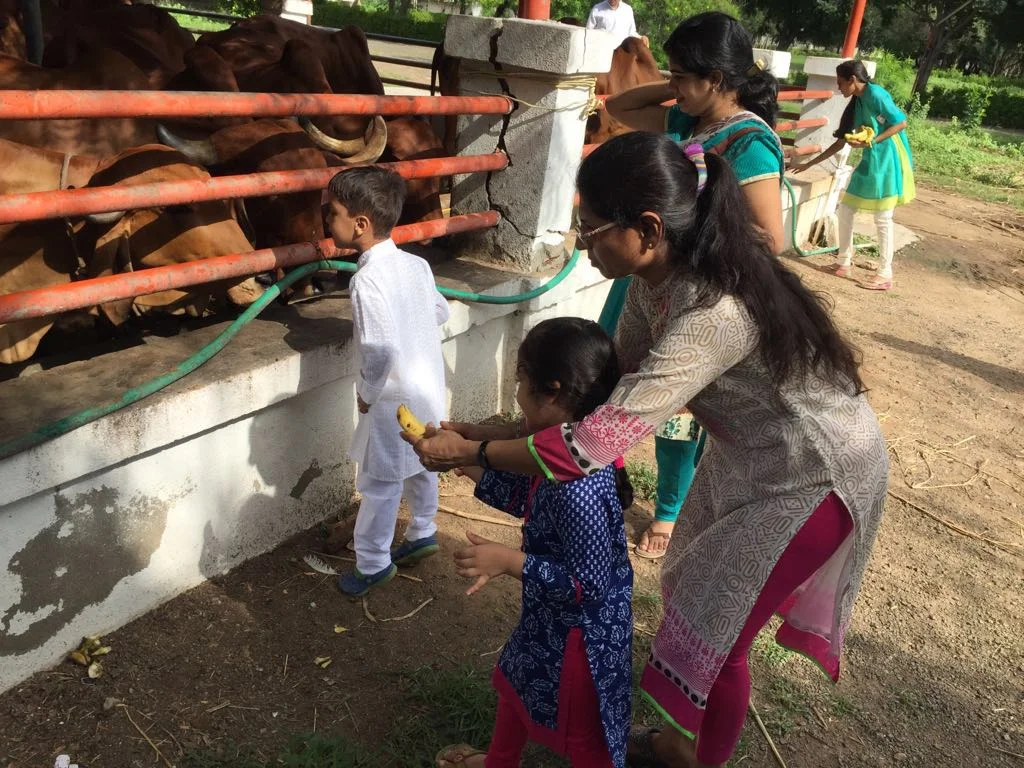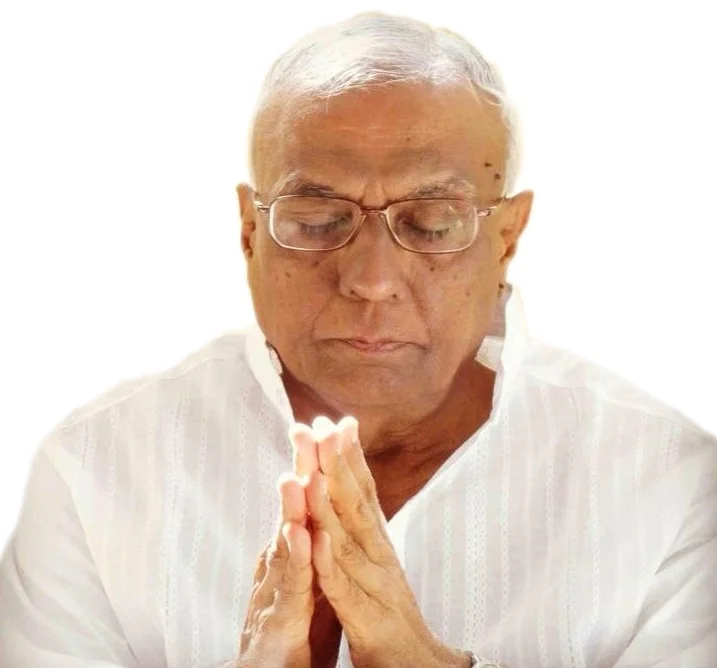Viklang Sadhan Vitran Camp
23rd Dec 2016
An aids and appliances support camp was sponsored by Dubai based mumukshus - Vipulbhai and Deepaliben Kothari on the occasion of their 25th wedding anniversary. They dedicated the handicapped support camp to their parents - (Late) Ramnikbhai and Taruben Kothari. Taruben was present at the event. Here below they share their experience:
We ended a divine tirth yatra day with great memories of Param Pujya Bhaishree’s sanidhya and vibrations. By evening I was feeling little sad that dharma yatra had come to an end but little did I realize that the next day at Viklang Sadhan Sahay Camp (support camp for the handicapped) would be the biggest of dharma-yatra of my life.
The morning began with blessings from Pujya Bhaishree and privilege of chaitya vandan and puja at great Jhagadia Jain Tirth with Pujya Gurudev. After a satvik breakfast, the entire Sayla parivar left for village Asa, a small village of probably less than few thousand population, approximately an hour’s drive from Jhagadia. Due to bad road condition, we got little delayed but could feel samtabhav (equanimity) of Pujya Bhaishree, who is usually very particular about punctuality.
On reaching the campsite at Nirlobhi Ashram site, we were overwhelmed by the cordial welcome given to us by the entire community including the volunteers. The event opened with a beautiful recitation of a stuti (prayer).
The entire team of volunteers of Ashirvad Trust for the Disabled, Sayla, under the leadership of Rambhai Jadav had worked tirelessly for over 2 months, coordinating and facilitating this mammoth event.
Warmly welcoming Pujya Bhaishree and mumukshus of Raj Saubhag Ashram, Sayla, Jadavbhai applauded the role of Late Shri Arunbhai in initiating such support camps for the disabled and ensuring its continued success.
Pujya Bhaishree blessed all the souls present, especially the “divyang’s” (differently-abled divine souls) who would be beneficiaries of the sadhan vitran camp and wished them improvement in their and their families’ lives and urged them to use the equipment for upliftment of their physical, emotional and social well-being.
Pujya Vikrambhai very aptly said that “divyang’s” should not worry or be withdrawn about their physical limitations since it is not physical challenges that hold back a person from reaching his potential but the mental blocks which is the real cause of concern.
The efforts of the Ashram’s team of volunteers over a 2-month period involved the survey of almost 150 villages around Bharuch, and identifying 700 potential needy persons from which final 475 were shortlisted to be the beneficiaries of the handicapped aid camp. The poor people would receive equipment like wheel chairs, hand cycle, crutches, hearing aid, prosthetic limb etc depending on their specific need.
So elaborate and meticulous were the efforts and planning that every part of the camp and distribution was very precisely executed. The beneficiaries and their families were also so disciplined that despite large number of beneficiaries and their accompanying family members, the distribution of aid and equipment in respective tents went off in perfectly planned manner. All the visitors, beneficiaries with their accompanying family members were then treated with a delicious lunch organized at the camp venue.
We were so overcome with joy due to the love and affection of all and of-course a very well planned / executed and disciplined approach of everyone including volunteers and beneficiaries, that words fail me. It wasextreme satisfaction and gratitude that me and my family experienced when we saw a sparkle in eyes of the beneficiaries a they received the equipment and their happiness that now their lives would now be much better.
We truly were fortunate to have been able to witness and participate in this noble activity that the Ashram carries on without discrimination of any caste / creed / religion / beliefs of the beneficiaries, with one simple motto of helping someone in need. I am sure “prabhu krupa” and “sadguru krupa” was bestowed on us to enable us to be a part, albeit a very small, of this vitran camp. This camp opened our eyes to the hardships and difficulties that many have to go through and sometimes for very small matters or lack of support; and how fortunate we have been probably due to our past karmas.
Our hearts go out to all those who suffer due to their physical or mental shortcomings or lack of resources and deeply feel that we should continue on this journey further to assist in whatever small way that we can to lend a helping hand to others to overcome their sufferings.
We bow down to Pujya Bhaishree, Pujya Vikrambhai and also entire team of Sayla ashram to make us realize that “manav seva” is the best form of “Prabhu seva” and in that sense this was probably the biggest of “dharma yatra” that we have ever been to.
Vipul Kothari, Chartered Accountant, Dubai
















































